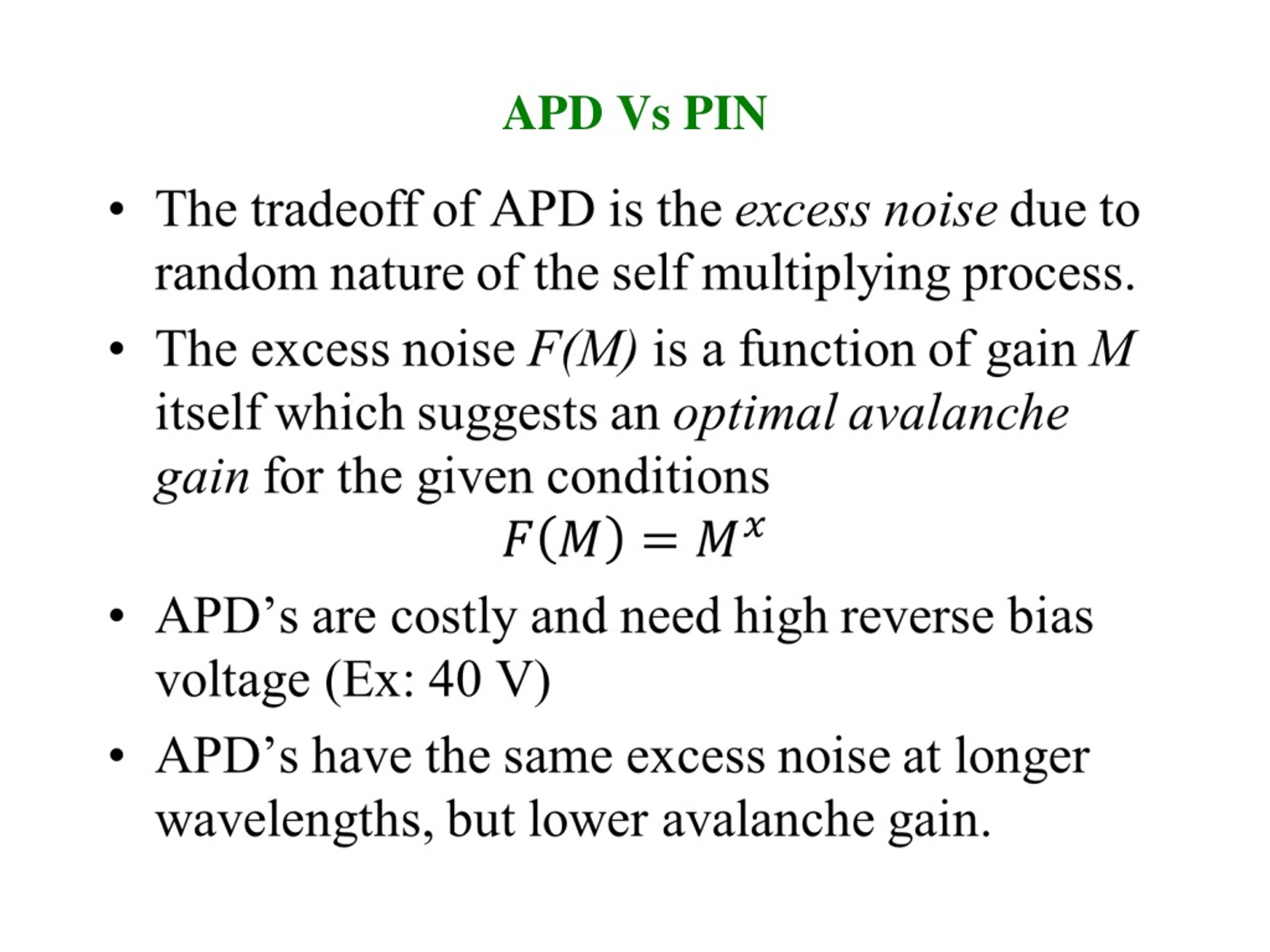

For optimum power output, the photovoltaic cell will be operated at a voltage that causes only a small forward current compared to the photocurrent. This mode exploits the photovoltaic effect, which is the basis for solar cells – a traditional solar cell is just a large area photodiode. If the circuit is shorted or the impedance is low, a forward current will consume all or some of the photocurrent. If the circuit is opened or has a load impedance, restricting the photocurrent out of the device, a voltage builds up in the direction that forward biases the diode, that is, anode positive with respect to cathode. In photovoltaic mode (zero bias), photocurrent flows into the anode through a short circuit to the cathode. The points of intersection with the curves represent the actual current and voltage for a given bias, resistance and illumination. The linear load lines represent the response of the external circuit: I=(Applied bias voltage-Diode voltage)/Total resistance. To first order, for a given spectral distribution, the photocurrent is linearly proportional to the irradiance. The total current through the photodiode is the sum of the dark current (current that is generated in the absence of light) and the photocurrent, so the dark current must be minimized to maximize the sensitivity of the device. Thus holes move toward the anode, and electrons toward the cathode, and a photocurrent is produced. If the absorption occurs in the junction's depletion region, or one diffusion length away from it, these carriers are swept from the junction by the built-in electric field of the depletion region. This mechanism is also known as the inner photoelectric effect. When a photon of sufficient energy strikes the diode, it creates an electron– hole pair. 4 Unwanted and wanted photodiode effectsĪ photodiode is a PIN structure or p–n junction.Photodiodes can be used to form an optocoupler, allowing transmission of signals between circuits without a direct metallic connection between them, allowing isolation from high voltage differences. A photodiode can be used as the receiver of data encoded on an infrared beam, as in household remote controls. Photodiodes are used in scientific and industrial instruments to measure light intensity, either for its own sake or as a measure of some other property (density of smoke, for example). A solar cell used to generate electric solar power is a large area photodiode. A photodiode is designed to operate in reverse bias. Photodiodes usually have a slower response time as their surface area increases. Devices designed for use specially as a photodiode use a PIN junction rather than a p–n junction, to increase the speed of response. The package may include lenses or optical filters. The package of a photodiode allows light (or infrared or ultraviolet radiation, or X-rays) to reach the sensitive part of the device. It produces current when it absorbs photons. The author uses InGaAs APDs to demonstrate the book's design calculations, which are compared to the representative empirical data, and as the basis for discussions of device structure and manufacturing.One Ge (top) and three Si (bottom) photodiodesĪ photodiode is a light-sensitive semiconductor diode. Linear-mode InGaAs APDs are of particular relevance to 3D imaging owing to their compatibility with eye-safe lasers, and the maturity of the material system, for which substantial commercial foundry capacity exists. Models are developed for the sensitivity, maximum effective range, and ranging precision of time-of-flight APD photoreceiver circuits. The approach unites a theoretical treatment of common figures of merit with a practical discussion of how they impact sensor system performance.

Both linear- and Geiger-mode operation of APDs are addressed, and contemporary research on APDs manufactured from a variety of different material systems is reviewed. The book provides a detailed theoretical understanding of all types of APD, including the semiconductor physics underlying device function and the mathematics of avalanche noise.

InGaAs Avalanche Photodiodes for Ranging and Lidar discusses the materials, physics, and design considerations of avalanche photodiodes (APDs) developed for 3D imaging sensors, which will enable self-driving cars and autonomously navigating drones.


 0 kommentar(er)
0 kommentar(er)
